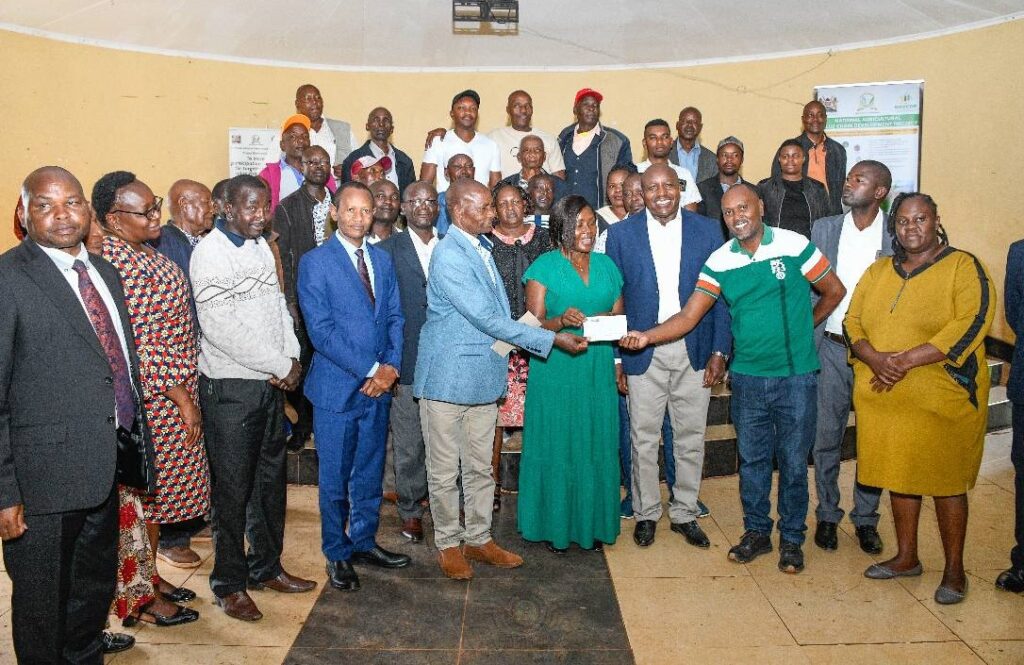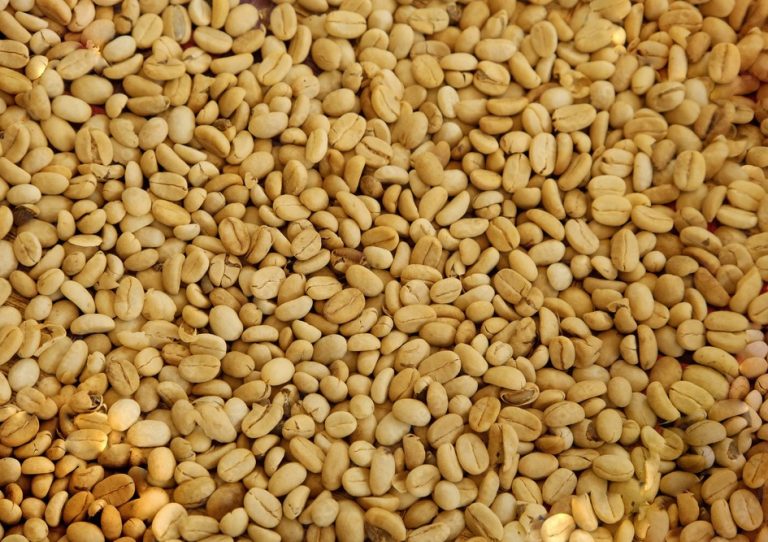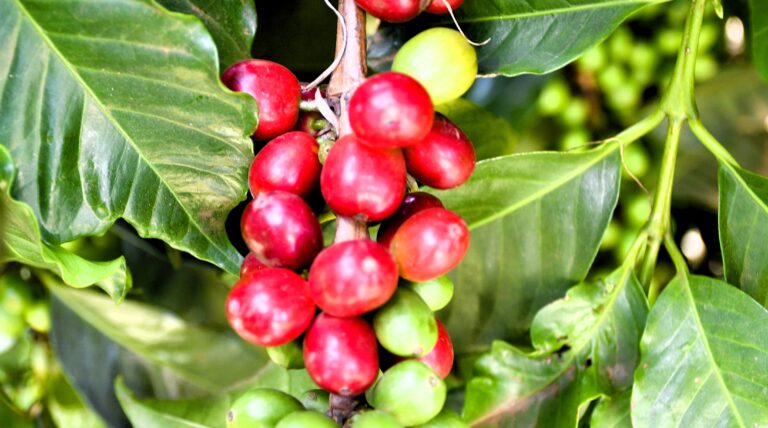Embu County government has allocated KSh 28 million for infrastructural development across four coffee cooperative societies.
The funds were disbursed through the National Agricultural Value Chain Development Project (NAVCDP), with Kirimiri, Rianjagi, Kanjugu, and Muramuki coffee societies each receiving KSh 7 million. The investment aims to modernize processing infrastructure and improve overall efficiency in coffee production.
According to Governor Cecily Mbarire, the funding will go towards the construction of solar dryers, metallic drying beds, sorting sheds, upgraded fermentation tanks, and the installation of CCTV cameras, among other critical improvements.
“These measures are aimed at improving production, reducing production costs, and enhancing the competitiveness of the sector through the production of quality coffee,” Governor Mbarire said during the cheque disbursement event in Embu Town.

She noted that the county had previously supported eight other factories under a similar modernization program and pledged to continue with the initiative to boost both the quality and quantity of coffee produced.
Mbarire added that the combined efforts by the county and national governments have already started bearing fruit, with farmers receiving better returns from their harvests.
“Unlike last year, no factory in Embu has reported less than KSh 100, and the future looks promising for our farmers,” she opined, noting that some factories had paid as high as KSh 148 per kilogram of cherry for last year’s crop.
She added that the county is also planning to roll out similar support to the milk and tea sectors, which are other major economic drivers in the region.
One of the beneficiaries, New Kirimiri Factory Chair Patrick Njiru, welcomed the support, saying it would help address longstanding infrastructural challenges.
“The money we have been setting aside for development hasn’t been sufficient to enable us to improve the infrastructure, and this donation has come in handy,” he said. “It will assist us in improving efficiency and reducing post-harvest losses that have been associated with poor infrastructure.”








